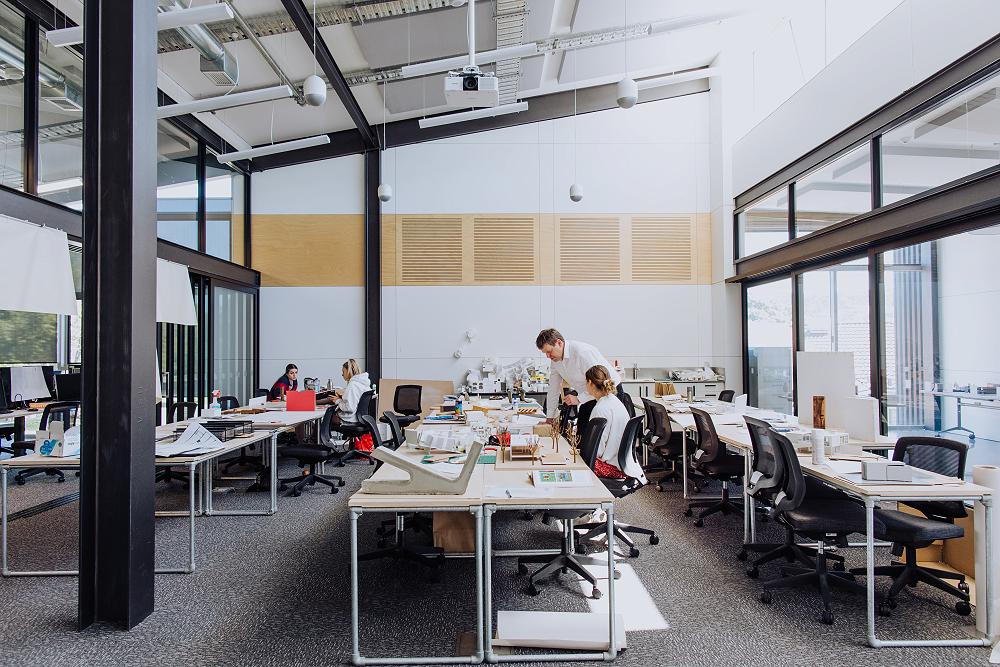
Implementing innovation
It's not enough to learn new technologies and strategies without also understanding how and when to use them.
There have been many changes in building materials and the ways in which buildings can be constructed, but embedding these changes into architectural practice is not straightforward. For example the cost of building often takes precedence over cost during the life of a building, and innovations may be deemed too costly or too uncertain for the current project.
Tobias Danielmeier and Sarah McCallum have been examining the interface between architectural education and practice. While students can be taught state-of-the art technologies and strategies, they rarely get opportunities to convert research into built environments, to learn how materials work and how designs perform. They graduate without practical experience of innovation, which limits their ability to use these new technologies in their professional practice.
Tobias and Sarah suggest that part of the solution is to create communities of practice that are interdisciplinary, so that members of the community can gain understanding and respect for contributions from complementary disciplines, and learn new ideas and understandings from each other. Such an interdisciplinary approach is seen in teams entering design competitions. To incorporate it into a degree programme would require multi-year project development and cooperation with other disciplines. Such an approach is worth developing if it helps harness cutting edge developments for new buildings.
